Gabriel Naïm Amor’s “Moments Before”
This nine-track album of instrumentals is gorgeous, sparse, reflective, quiet, understated, and deftly executed – with jazz, orchestral/classical, blues, and cinematic vibes. It gives room for the listener to fill in the stories from one’s own imaginative perspective, or simply the chance to just zone out and let the notes wash over you.
It’s easy to understand the fascinating mix of styles – which is sonically, uniquely Amor – on Moments Before when knowing about Amor’s musical background. He studied classical violin at a Paris conservatory for eight years, and as a teenager, he picked up guitar and played in rock and punk bands. Later, he went to a music school in Paris “run by the great American jazz musician Alan Silva,” the musician writes via email.
 “That school was primarily focused on jazz, but it was really edgy, no purists there; that definitely had a strong influence on me. Then I worked with theater director and author Marc’O with the ensemble Generation Chaos where I developed extensive work on music improvisation and stage acting.”
“That school was primarily focused on jazz, but it was really edgy, no purists there; that definitely had a strong influence on me. Then I worked with theater director and author Marc’O with the ensemble Generation Chaos where I developed extensive work on music improvisation and stage acting.”
Gabriel Naïm Amor says this album has its roots in a project he did with French avant-garde jazz guitarist Nöel Akchoté a few years ago. “He asked me to record guitar pieces very quickly and spontaneously. He completely covered them with noise, some kind of concept. I realized that I really liked these guitar tunes and they deserved an album. So, came the idea of making a guitar album and use all the beautiful instruments I own. I would have all the guitars in the studio and try them on different tunes and say, ‘Yes! This is the one for that song.’”
Amor – originally from Paris, France and a Tucsonan since 1997 – also explains that several of the compositions were written around the same time as the tunes on his 2016 album Western Suite and Siesta Songs. “I was working with (Calexico drummer) John Convertino, and some of the tracks just didn’t make sense on Western Suite, however John really liked them and wanted to drum on them. I realized that I needed more material and I had the direction laying in front of me, just needed to create the missing part, just like a puzzle. It is like curating a mess and finding out what was hiding through it.”
He shares collaboration credit with Thøger Lund, who played on all of tracks, “mostly on electric bass. He also helped a lot with ideas, suggestions with arrangements. John Convertino played the drums, it is so easy to record with him and he brings a lot, he totally felt and understood the breathing and space of that album. Tommy Larkins played on one track one day he was at the studio we shared for a while. Nick Coventry played a violin part on one track, I did all of the strings on the album and of course all the guitars. Jim Waters mixed the album to tape.”
Additionally, Amor offers text he wrote about the album:
“Moments Before, as it indicates, suggests the occurrence of an imminent change or event…small or big, dramatic or light, welcome or disorienting. In opposition to the flat line of death, the pulse of life is celebrated here by the dynamics, contrasts, accidents inherent to any living environment. Unlike a saturation of information often resulting in that monotonous ‘flat line,’ the use of silence and space is attempting to reveal and emphasize each event which hopefully will keep us engaged and interested as a listener.”
Gabriel Naïm Amor performs “Moments Before” at Exo Roast Co., 403 N. 6th Ave., on Saturday, Dec. 16 at 8 p.m. Amy Rude and Heartbeast is also on the bill. See Facebook.com/ExoCoffee for show details or call (520) 777-4709. Visit NaimAmor.bandcamp.com to check out his discography.
Over email, he and I reflect on each of the album’s nine tracks.
Study for ES 125
ZM: It’s a brief, contemplative piece. What was your mind-space when composing this song and what kind of guitar are you playing?
GNA: The guitar is precisely an ES 125, which was made by Gibson, this one is from 1959. That tune was first an improvisation that replicated, rationalized, learned into a written form. I wanted to open the album with a solo guitar, give it the whole space because that’s what the album is about.
She Danced then She Flew Away
ZM: Feels reflective, and understated – especially with the interplay between the guitar and drums. The intersections of the instruments are deftly balanced.
GNA: I wanted to have a beautiful punctuated by a very strong sonic, dissonant part.
Waltz Escape
ZM: I love the pacing of the notes. Sparse, open, yet expressive – beautifully balanced. Interesting change/bridge around the two-minute mark. Tell me about that transition.
GNA: Here it’s the idea of have a two-songs-in-one type of composition, it’s kind of a classical approach yet not classical at all.
Somewhere Else
ZM: Darker, feels trepidatious at the beginning, definite tension – which mellows out around 1:50 mark. There’s a lighter touch, quieter, more like a lullaby. Ends sweetly.
GNA: Here I wanted to enjoy that contact of tension and release, I like laying down closing my eyes and listen to that track, kind of meditative.
Reverse Dawn Back Into The Night
ZM: I love the sense it gives of going backward. It’s like a reflection of life, looking back/traveling back. It conveys a wonderment of the natural world with shimmering sounds – dreamy and reflective. I love the interplay/call and response between the strings. The time from 3:06 to end feels like a culmination of experiences.
GNA: You are exactly right; this piece is kind of surreal to me. I originally composed it for a film by Ira Chute about some guys cutting trees in the woods. I re-worked it for the album and I was initially inspired by the score and the scene of the two little children in a boat on a river in the middle of the night from the great movie “The Night of The Hunter” with Robert Mitchum.
Back Porch Moment
ZM: I dig that you have a song with this title. I feel like Tucson is almost defined by its locals as a town that celebrates its back porches/outdoor chill spaces. Kicking back, and enjoying a libation with friends and talking about life, the world, being backyard philosophers. This song seems to encapsulate that sentiment.
GNA: That’s a perfect example of curation, the song handed me the title afterwards…that’s what is great with instrumentals!!
Just Before Revelation
ZM: Conveys feelings that vacillate between certainty and confusion.
GNA: Here again, the dynamic is emphasized by having two songs in one, like movements in classical music. It also has a strong reference to the blues but it’s not Blues, a bit like Gershwin used some blues and jazz harmonies in his Rhapsody maybe.
Ouled Kacem To Paris
ZM: Did you travel between Tunisia and Paris at one point? Opens with measured, dark, quiet. Please tell me about the background of this song and its title. It feels very cinematic. Is there a story behind it?
GNA: My father is from Tunisia, he moved to Paris alone in 1954, he was seventeen and wanted to be an artist. Ouled Kacem is the tiny village where he was born and that he left. That song has a slight Arabic feel but it also has a rockabilly electric guitar tone, that what I like the most about it, that collusion. Like my father I left my country, I thought there was an emotional feel to drive that tune.
Study for Telecaster
ZM: An ode to a guitar?
GNA: It’s the closing track and mirrors the opening one, the titles are similar, I used my beautiful 1954 Fender Telecaster.

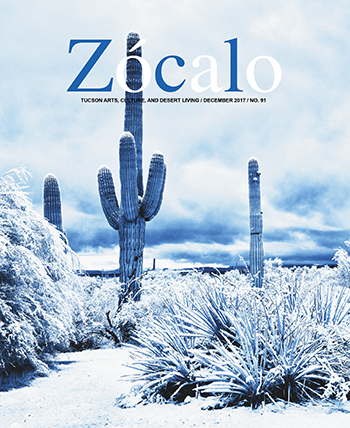
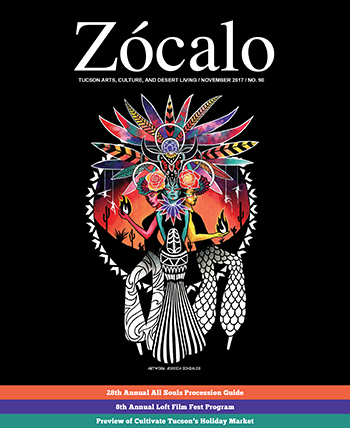
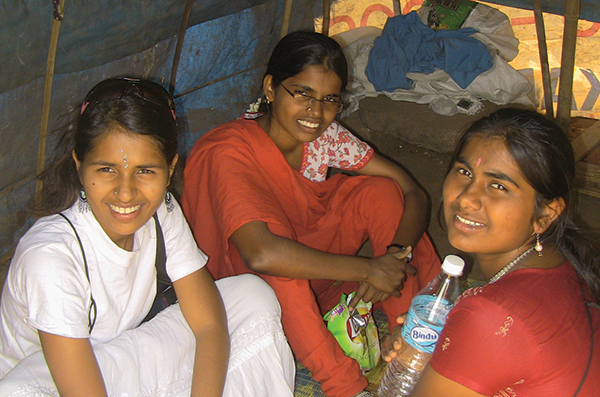
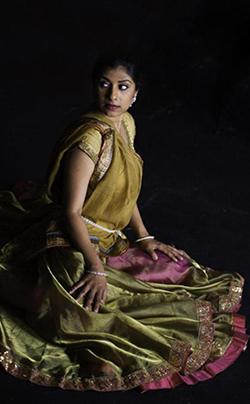

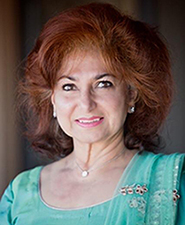
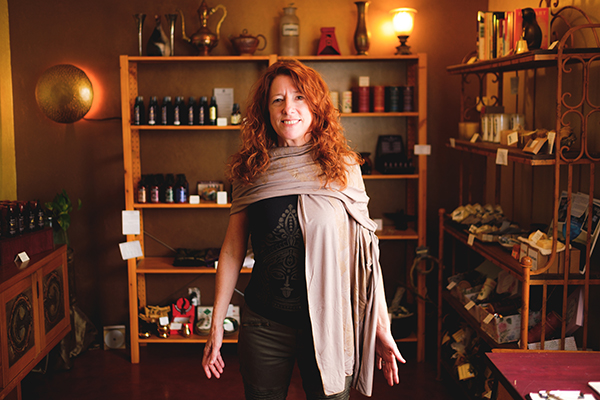
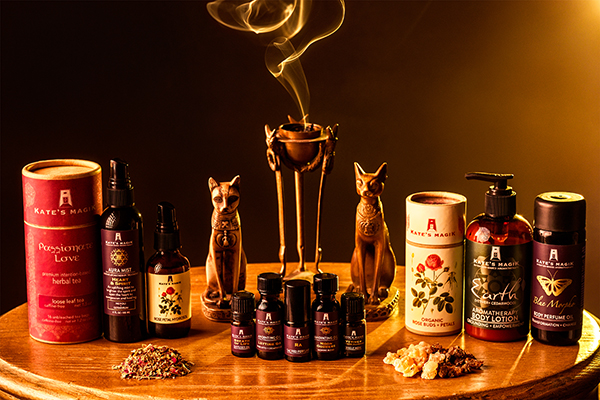
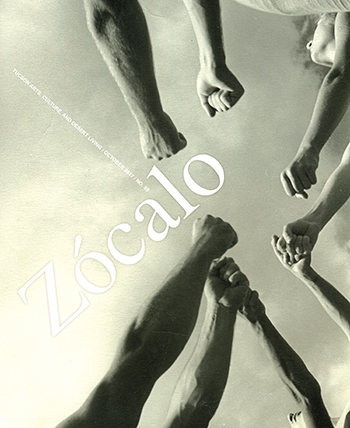
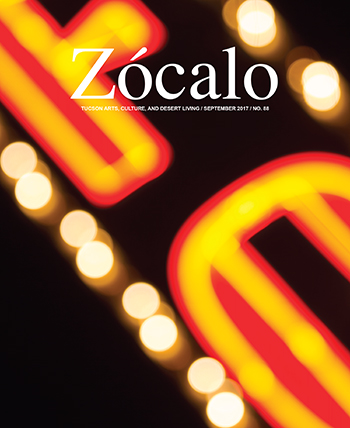
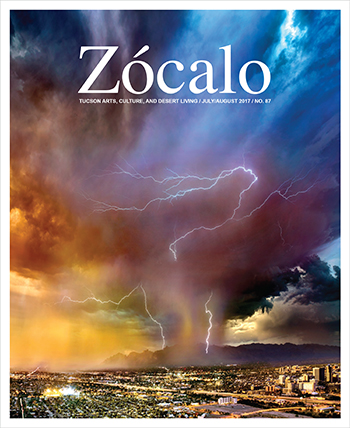
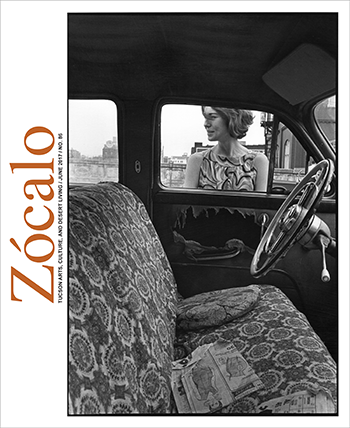
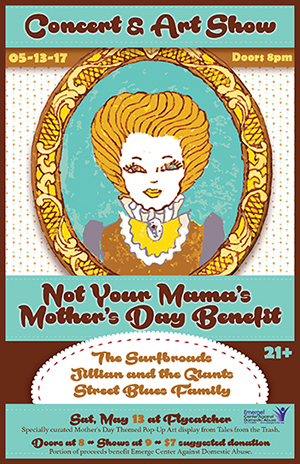 The vivacious Jillian Bessett – leader and singer/songwriter, keyboardist and multi-instrumentalist of Tucson’s beloved Jillian & The Giants – is spearheading a concert fundraiser for
The vivacious Jillian Bessett – leader and singer/songwriter, keyboardist and multi-instrumentalist of Tucson’s beloved Jillian & The Giants – is spearheading a concert fundraiser for 
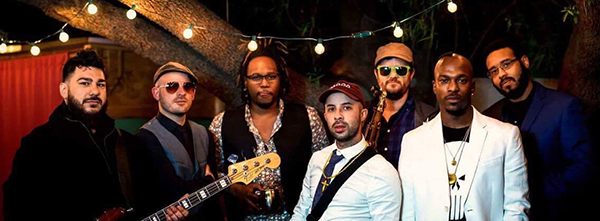
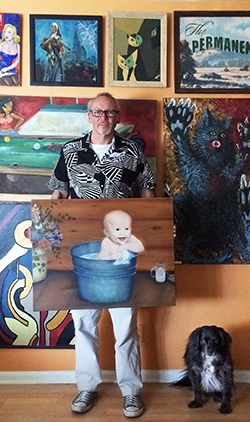




Also find us on...